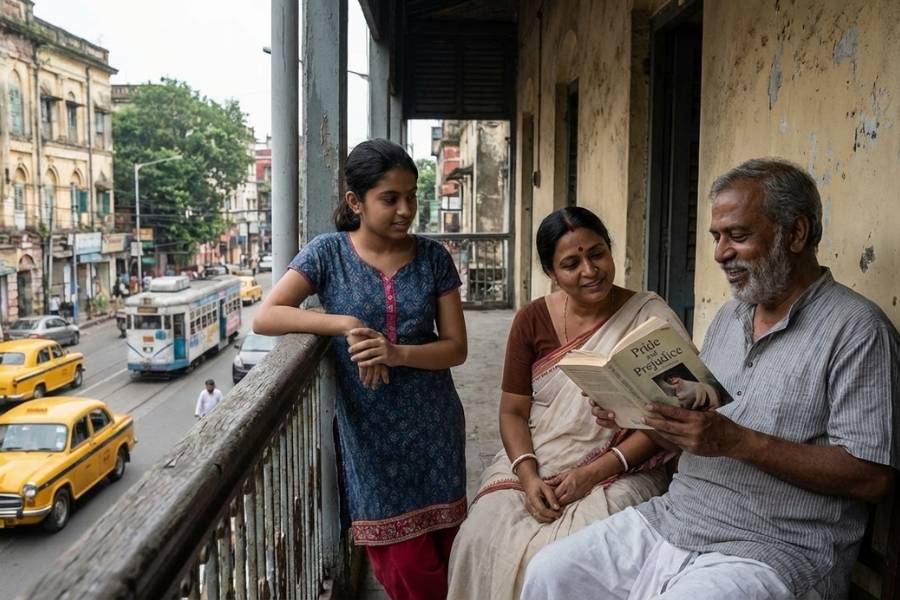The Air India Flight 171 tragedy has reignited long-standing questions about Dreamliner’s design integrity, quality control lapses at Boeing and alleged culture of silencing internal safety concerns.
When Boeing announced its plans for the Dreamliner in 2004, it pitched the plane as a revolution in commercial aviation — a sleek, fuel efficient, long-haul jet that could fly farther on less fuel, thanks to its lightweight carbon-fibre-reinforced polymer fuselage.
But the plane’s journey from the drawing board to the runway was anything but smooth.
To cut costs, Boeing decided to outsource production across a global supplier network and focus on final assembly.
This was a dramatic departure from Boeing’s traditional model. Problems surfaced as suppliers missed deadlines. The original target of 2008 slipped repeatedly.
When the first 787 entered service with All Nippon Airways in late 2011, the programme was more than three years late billions of dollars over budget.
No sooner, Dreamliner faced crisis. In 2013, a Japan Airlines 787 parked at the gate at a Boston airport suffered battery fire in its auxiliary power unit.
The same year, in Japan, an ANA 787 experienced battery issues mid-flight, forcing an emergency landing.
The fleet returned to service after three months.
Boeing’s reputation took a major hit when an FAA investigation was launched and it was forced to suspend 787 deliveries for much of 2021 and 2022.
Over 1,110 Boeing 787s are in active service with the airlines worldwide, making it one of Boeing’s best-selling wide body aircraft. In India, Air India operates Dreamliners on domestic trunk routes and international destinations
Air India has 28 Dreamliners in its fleet. The Ahmedabad crash adds to the avalanche of financial and safety concerns already engulfing Boeing.
Boeing had promised a new era of transparency and reform. But this crash has proved once again that Boeing has a question to answer — were the glaring warning signs ignore?
Video Producer: Aparna Singh
Video Editor: Subrata Goswami










